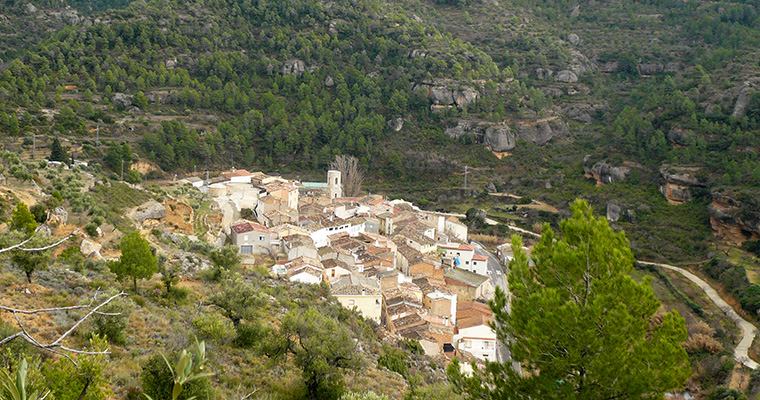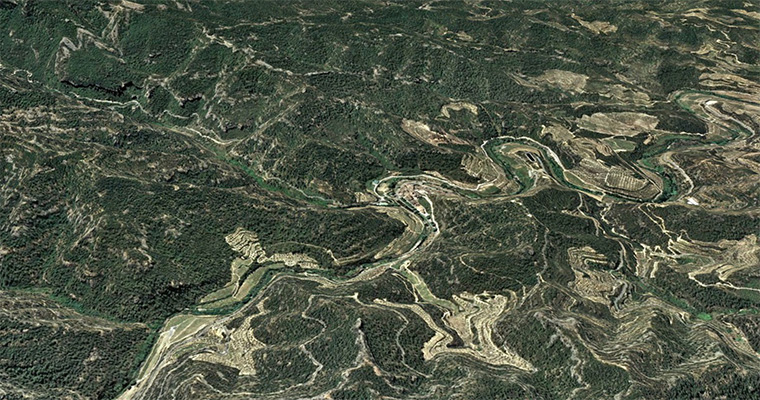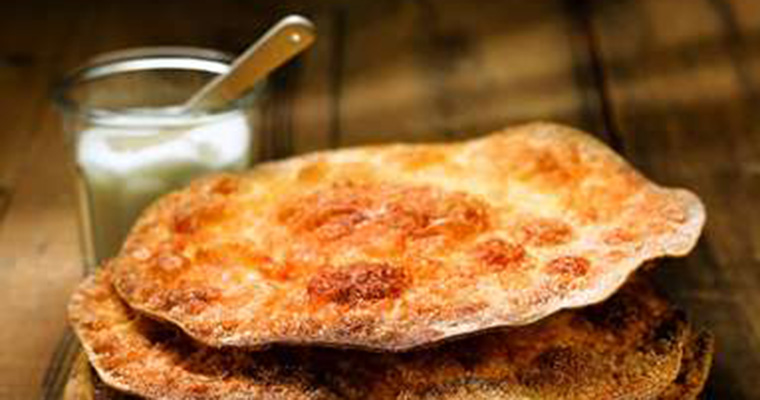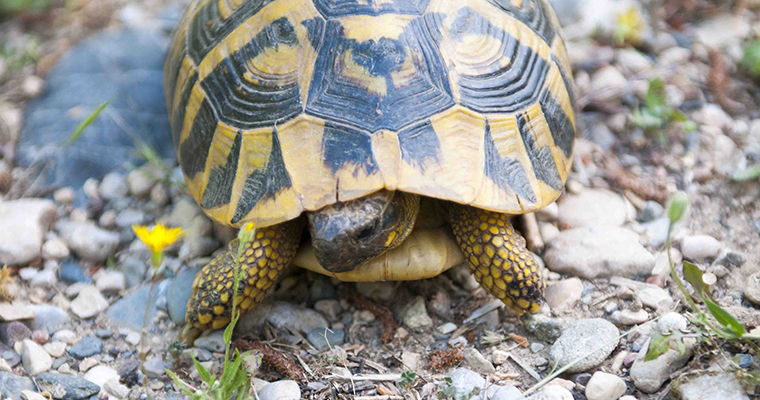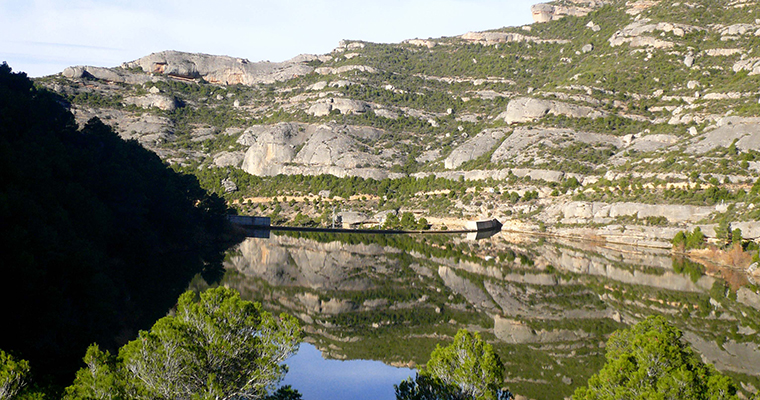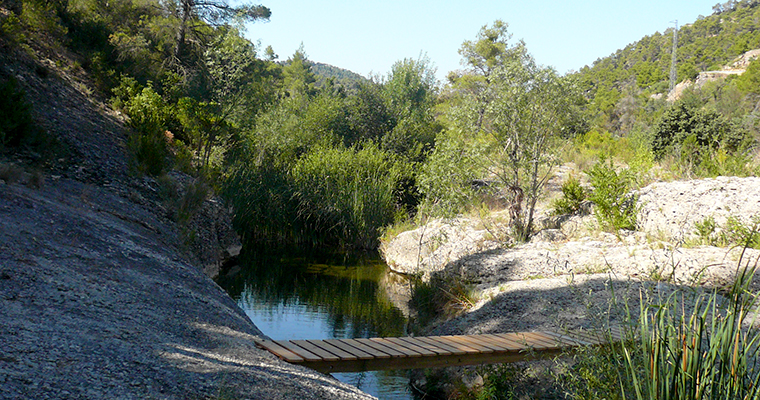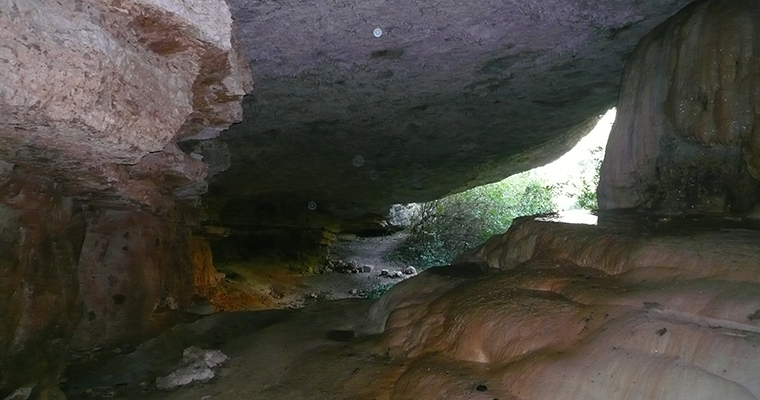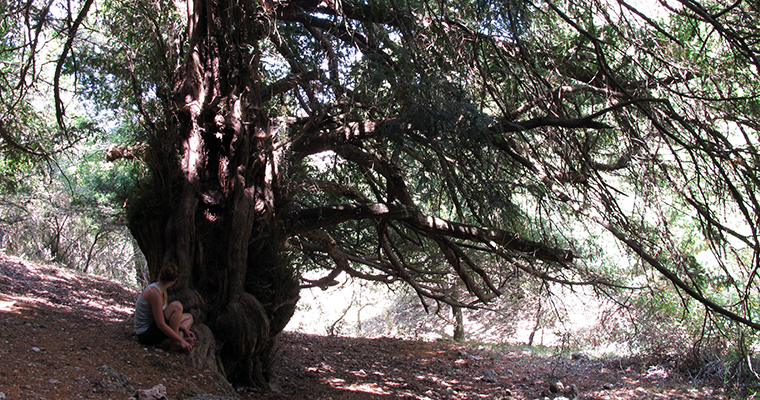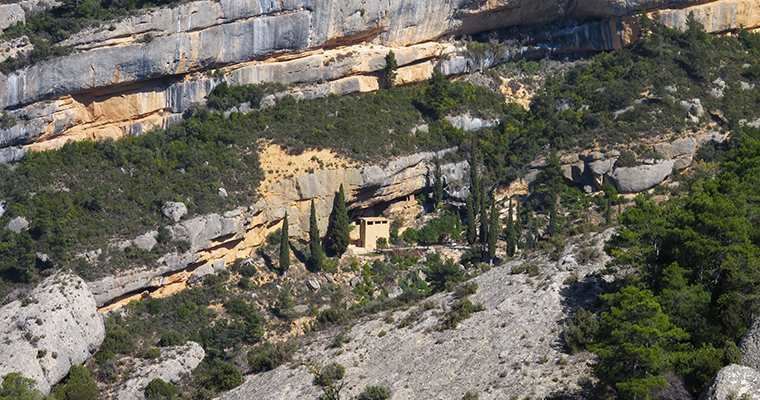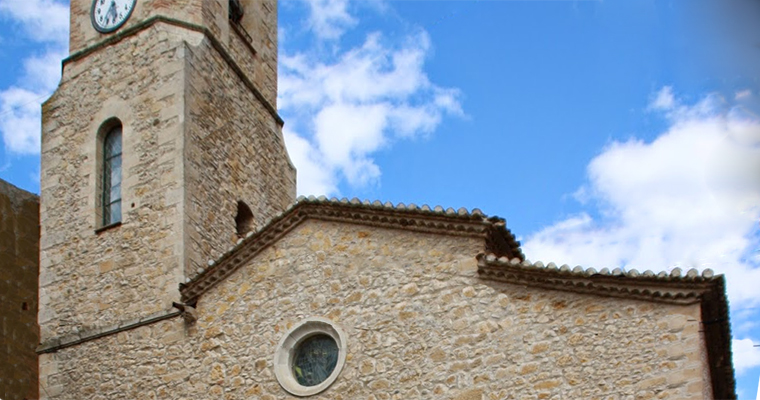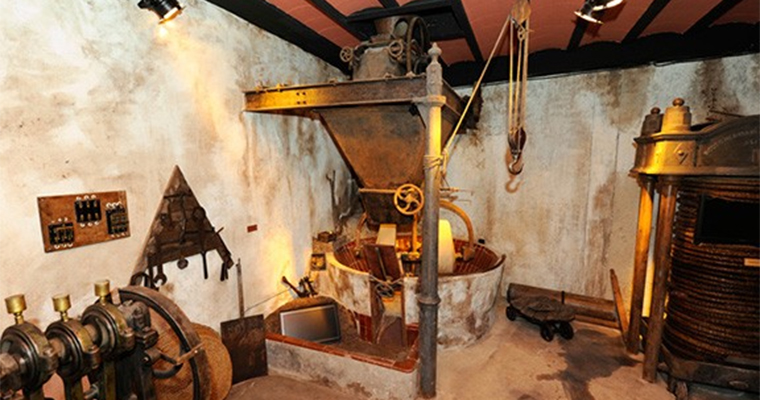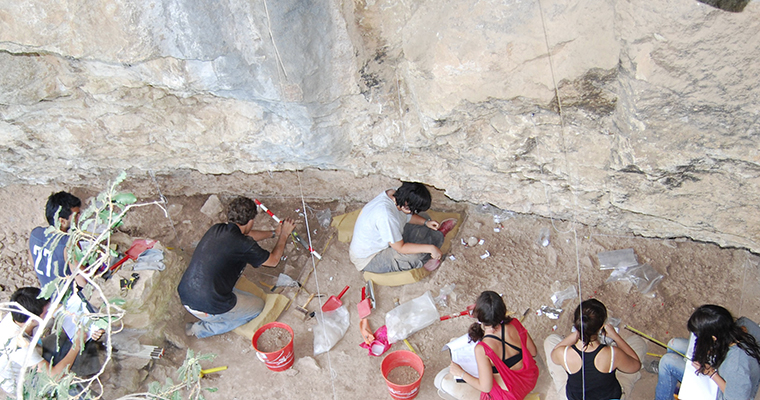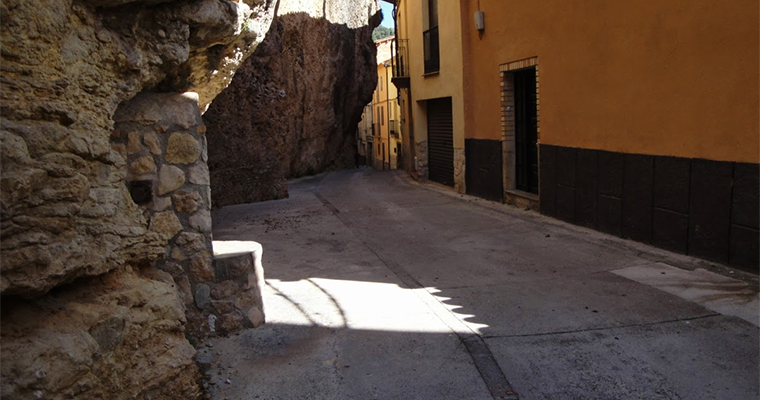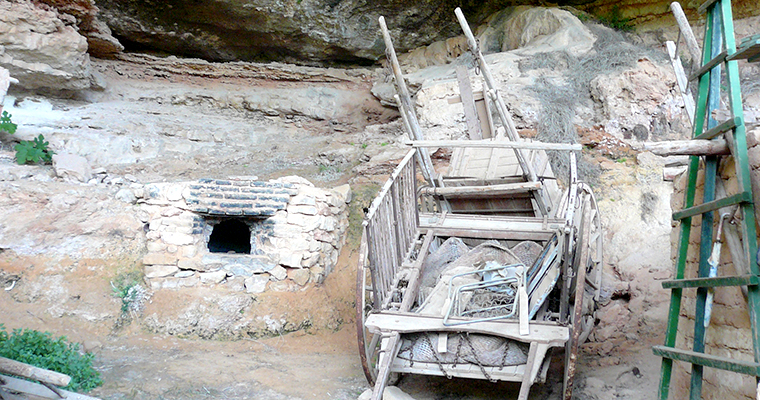Both the environment and the people have a remarkable attraction as a picturesque setting: the presence of the river, the village that goes into the mountains, with the streets that climb between rocks, pleasantly surprise the visitor.
The most important building in the village is the Church, dedicated to Saint Michael and located in the square of the same name. It is a neoclassical 18th century building, with three naves, and a bell tower incorporated into the building.
All the streets are interesting but if you had to choose one it would be Carrer de les Covetes. An entire side of the street is rock, which serves as a support to the street above.

